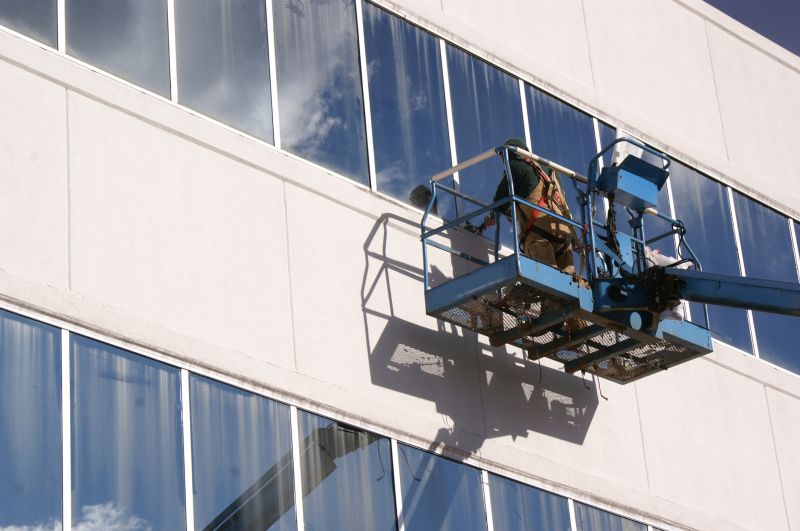Optimal Timing for Windows Installations
Windows installations are most effective during periods of low activity, typically in the early mornings or late evenings. Scheduling installations during these times minimizes disruptions and allows for proper system updates and configurations.
Spring and fall often provide ideal weather conditions, reducing the risk of delays caused by extreme temperatures or weather events.
Early mornings or late evenings are recommended to avoid peak operating hours and minimize impact on daily routines.
Scheduling outside regular business hours ensures minimal interference with work activities and customer interactions.
Avoid installations during storms, heavy rain, or extreme heat to prevent complications and ensure safety.

Technicians performing Windows installation during off-peak hours.

Clear skies and mild temperatures support successful installation processes.

Preparation for Windows updates before the start of the business day.

Ways to make Windows Installations work in tight or awkward layouts.

Popular materials for Windows Installations and why they hold up over time.

Simple add-ons that improve Windows Installations without blowing the budget.

High-end options that actually feel worth it for Windows Installations.

Finishes and colors that play nicely with Windows Installations.
| Time of Year | Advantages |
|---|---|
| Spring | Moderate temperatures and longer daylight hours facilitate installations. |
| Fall | Cool weather reduces overheating risks during installations. |
| Summer | Long days allow flexible scheduling, but high temperatures may pose challenges. |
| Winter | Potential for delays due to weather conditions, but off-peak periods can be advantageous. |
Windows installations involve replacing or upgrading existing operating systems to improve performance, security, and compatibility with current hardware and software. Proper timing ensures minimal disruption to daily operations and maximizes the efficiency of the process. Data suggests that scheduling during off-peak hours can reduce downtime by up to 50 percent, leading to quicker completion and less impact on productivity.





